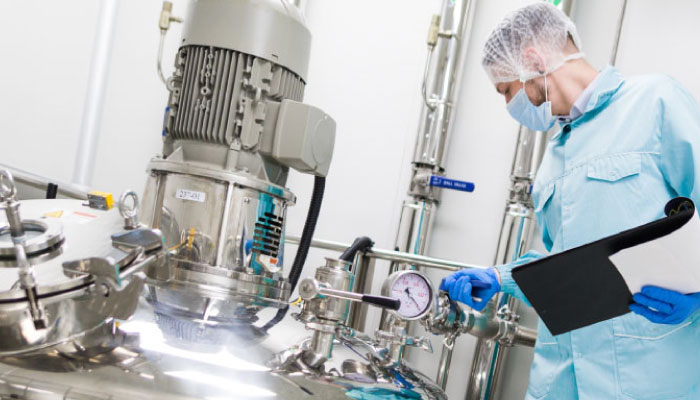The Department of Labor’s (DOL) Occupational Safety and Health Administration releases a preliminary list every  year in October which consists of the 10 most frequently cited OSHA safety and health violations for the fiscal year. It is compiled from almost 32,000 inspections conducted on various workplaces by federal OSHA officials.
year in October which consists of the 10 most frequently cited OSHA safety and health violations for the fiscal year. It is compiled from almost 32,000 inspections conducted on various workplaces by federal OSHA officials.
One significant thing about this list is that it hardly ever changes. Every year, almost consistently, the DOL inspectors witness thousands of the same on-the-job hazards scenarios, which can potentially result in serious injury or fatality. Despite the fact that by law, the organization or the employers are responsible for providing a healthy and safe workplace environment for their employees or workers, more than 4,500 employees/workers die on the job every year and about 3 million workers are injured.
The DOL is confident that the number of on job accidents, deaths, hospitalizations and amputations will reduce drastically if every employer would simply correct the top 10 safety hazards;
Consider the list below as the starting point for workplace safety:
- Electrical, general requirements
- Electrical wiring
- Machine guarding
- Ladders
- Powered industrial trucks
- Lockout/tagout
- Respiratory protection
- Scaffolds
- Hazard communication
- Fall protection
One of the most leading reasons of worker deaths are falls, especially in the construction industry; hence the inclusion of ‘lack of fall protection’ along with ‘scaffold and ladder safety issues’ in the above list under top 10. DOL has conducted campaigns to make employers and workers aware of the steps that can be taken to protect the workers from falls. It is important that employers take these issues seriously.
There are a number of workers who get severely injured or killed while dealing with machinery. There are instances where machines start up all of a sudden while being repaired and fingers and hands getting exposed to moving parts. Machine guarding and lockout/tagout violations are the ones often responsible here. Proper implementation of tagout/lockout procedures ensures that the machines are powered off and cannot be turned on while someone is working on them. One should also install safety guards in places so that feet, hands and other body parts can be kept at a distance from moving machinery and prevent amputations or worse.
Respiratory protection must be kept in mind in order to prevent fatal and other long term health issues that can be caused as a result of inhaling silica, asbestos or a host of other toxic substances. However, it has been observed that there are still a considerable number of employers who are not providing adequate training and protection to workers who require it the most.
A large number of violations related to powered industrial truck safety and the high number of fatalities associated with forklifts shows that a lot of workers are not getting proper training to safely operate equipment that can be potentially hazardous.
Most of the violations related to electrical safety and the risk areas are well-known. The above list of top violations are far from comprehensive. A wide range of hazards get covered in OSHA regulations; each of which jeopardize workers safety and health in some way. Therefore, it is essential that employers go beyond the minimal requirements to create a safe and healthy work environment for all.
For regular updates on critical tools for improving quality and on-time delivery, subscribe to our online monthly newsletters to stay updated with all the news and updates impacting manufacturers around the country. Our writers are industry veterans, and bring readers vital information related to their manufacturing; like about QMS, root cause analysis, ISO implementation and more.



